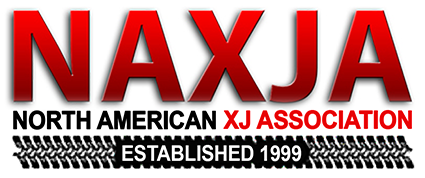JeepFreak21
NAXJA Forum User
- Location
- Cameron Park, CA
I'm rewiring the cable tv outlets in my house and have a few questions. I'm trying to get everything rewired BEFORE turning the cable tv service on, so asking the cable company will probably be a waste of time.
At the green box/dome outside my house, there are 4 "ports". One runs directly to my cable modem. I was told splitters are a no-no on that line and that they'll kill my internet signal. So, are the other 3 "ports" for me to use for the tv's? Do I just run 3 lines to that box and let the cable company hook them up when I subscribe? Do I run 1 line to the box and use splitters to go to my 3 tv's?
Thanks to anyone that could shed some light,
Billy
At the green box/dome outside my house, there are 4 "ports". One runs directly to my cable modem. I was told splitters are a no-no on that line and that they'll kill my internet signal. So, are the other 3 "ports" for me to use for the tv's? Do I just run 3 lines to that box and let the cable company hook them up when I subscribe? Do I run 1 line to the box and use splitters to go to my 3 tv's?
Thanks to anyone that could shed some light,
Billy






